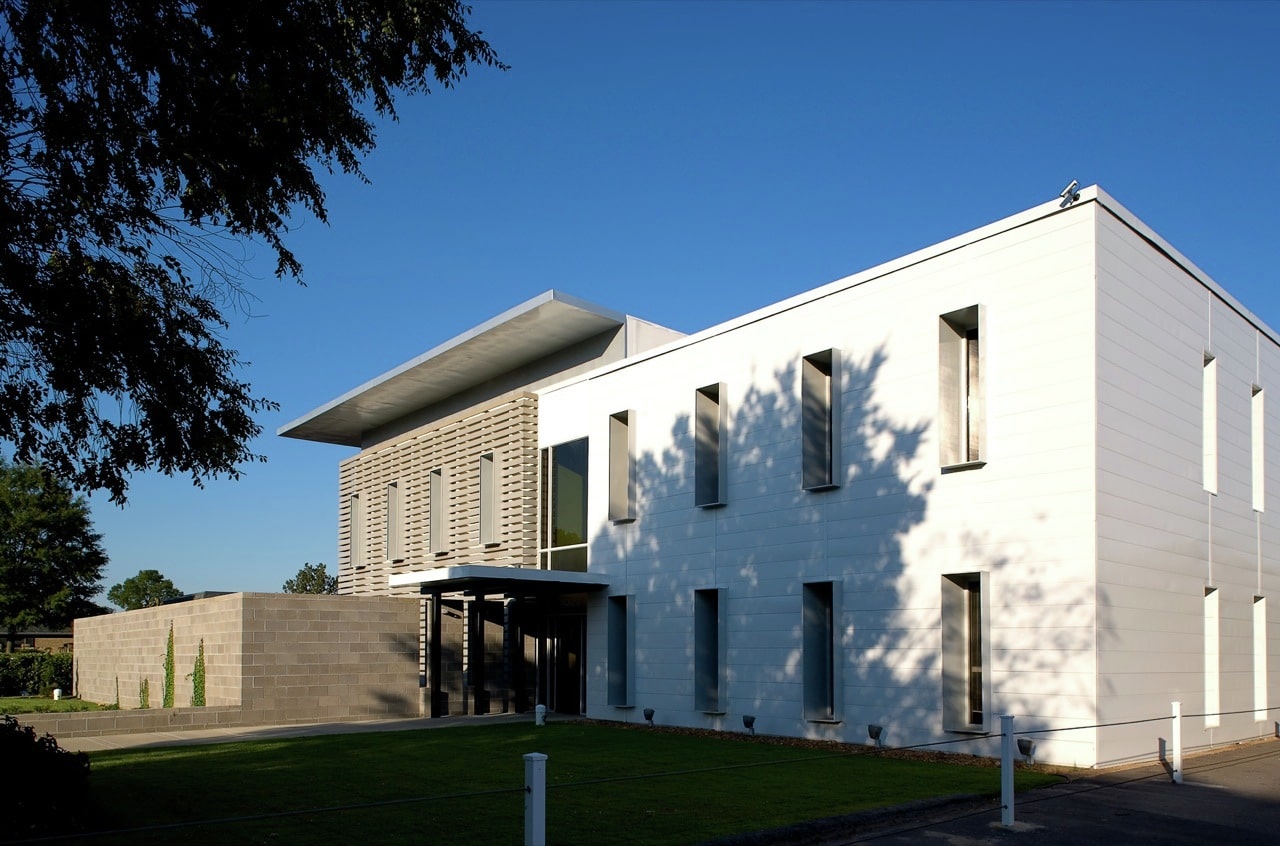In late August, the Immigration and Naturalization Service announced that there were no more H-1B visa numbers available for Fiscal Year 1996 which runs from October 1, 1995 to September 30, 1996. The Immigration and Nationality Act states that “the number of aliens who may be issued visas or otherwise accorded non-immigrant status during any fiscal year” as H-1Bs is 65,000. H-1B visas are available to “specialty workers,” normally those in professions where at least a four year university degree is required.
This is the first year the cap has been reached since the 65,000 cap was established as part of the Immigration Act of 1990. The previous record for H-1B visas issued was in Fiscal Year 1993 when 61,591 H-1B visas were issued. While the INS has not offered an opinion on why the cap was reached this year, many speculate that the explanation lies in the strong US job market and the increase in the number of occupations included in the H-1B category (certain fashion models, physicians and nurses are newly eligible in this category).
The INS has stated that it counts “new” petitions against the cap, but not amendments or application extensions. Amended petitions are those where the changes in employment are considered material. The American Immigration Lawyers Association is also arguing that applications for individuals in the following two categories should not be included:
1. those already in H-1B status who seek H-1B status with a new employer; and
2. those whose employers seek to hire them for an additional part-time position.
The INS currently counts these two types of petitions against the 65,000 cap. The INS has stated that it looks at the number of H-1B jobs rather than the number of workers. This appears to be clearly contrary to the statute which refers to “aliens” in H-1B status and not the number of applications. Furthermore, the INS position runs contrary to other INS interpretations of H-1B statutes as well as Congress’ legislative history regarding the H-1B category.
Assuming the American Immigration Lawyers Association fails in its attempts to get the INS to release more visas, the following will occur:
1. Those applications submitted to the INS which request start dates prior to October 1, 1996 will be accepted, but held until new visa numbers are released on October 1st. Those applications will be adjudicated, but will have a validity date of October 1st.
2. Those applications requesting start dates after October 1st will be adjudicated without interruption and the approval notice will be sent without delay.
3. The INS has stated that it is considering a mechanism to allow employers to withdraw petitions prior to approval where an October start date is not practical for the petitioner.
4. Visa stamps will continue to be issued by the US consulates where an H-1B visa has already been approved by INS.
5. H-4 visas for spouses or children are unaffected since H-4s are not subject to the 65,000 visa cap.
Disclaimer: This newsletter is provided as a public service and not intended to establish an attorney client relationship. Any reliance on information contained herein is taken at your own risk. The information provided in this article has not been updated since its original posting and you should not rely on it until you consult counsel to determine if the content is still valid. We keep older articles online because it helps in the understanding of the development of immigration law.
